17 Countries With the Worst Food in the World
Where can you find the worst food in the world? Food is a huge part of culture, varying drastically from one country to another. While some countries are known for their delicious cuisine, others have not fared so well in the culinary scene. Here are 17 countries with the worst food in the world.
Philippines: Balut and Dinuguan
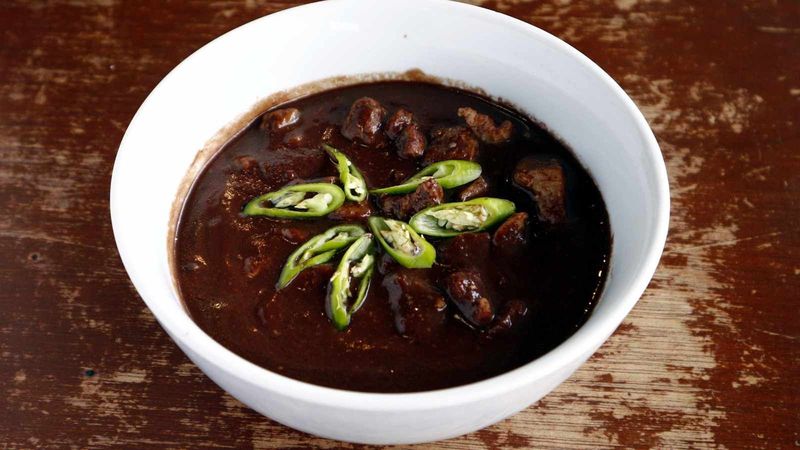
The Philippines boasts incredibly diverse cuisine, including dishes like “Balut,” a fertilized duck egg with a partially developed embryo, and “Dinuguan,” a stew made from pig’s blood and offal. These dishes may initially seem daunting, but they are integral to the country’s food culture.
Iceland: Hákarl and Súrir Hrútspungar
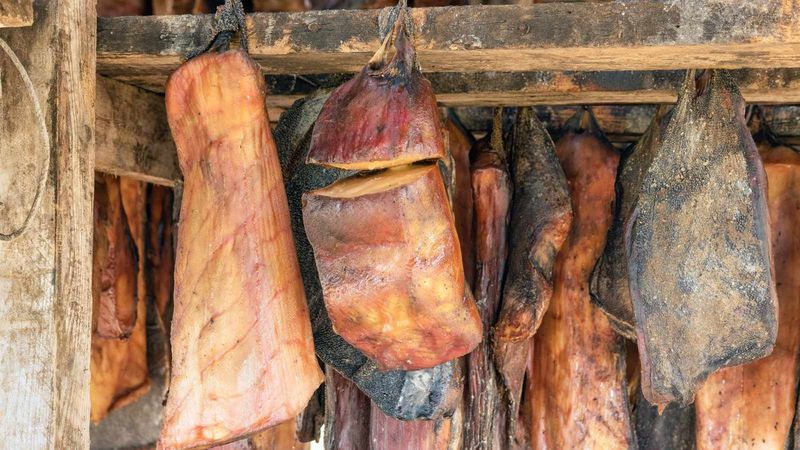
Iceland’s harsh climate has shaped its cuisine, giving rise to dishes like “Hákarl,” fermented Greenland shark known for its strong taste and smell, and “Súrir Hrútspungar,” soured ram’s testicles preserved in lactic acid.
Scotland: Haggis
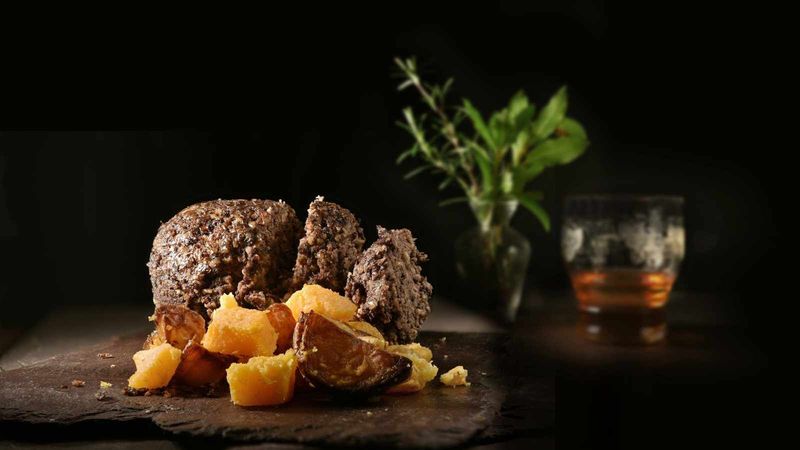
Scotland’s national dish, “Haggis,” is a savory pudding made from sheep’s heart, liver, and lungs encased in the animal’s stomach. Despite its description, many find it surprisingly delicious with a rich, nutty flavor.
China: Century Egg (Pidan)
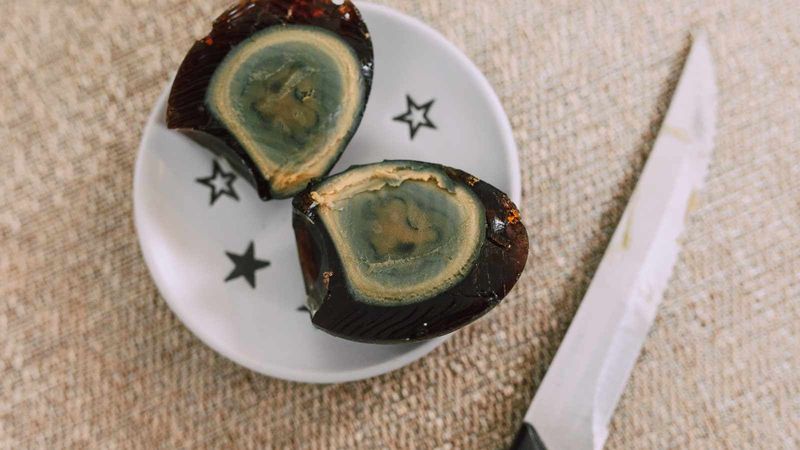
China’s culinary diversity includes the “Century Egg,” a preserved egg aged for weeks or months, resulting in a dark green, jelly-like egg with a strong aroma and complex flavor.
Australia: Vegemite
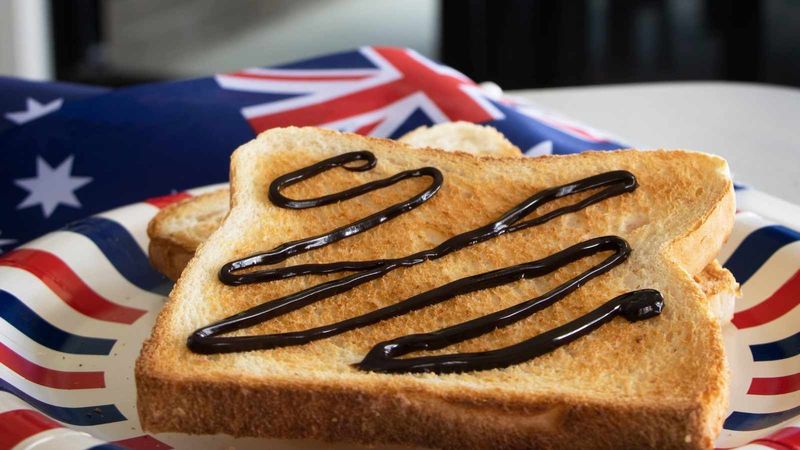
Australians adore “Vegemite,” a thick, dark spread made from brewers’ yeast extract and spices. Its strong, bitter, and salty flavor can perplex newcomers, but it’s an iconic Aussie food.
Mongolia: Boodog
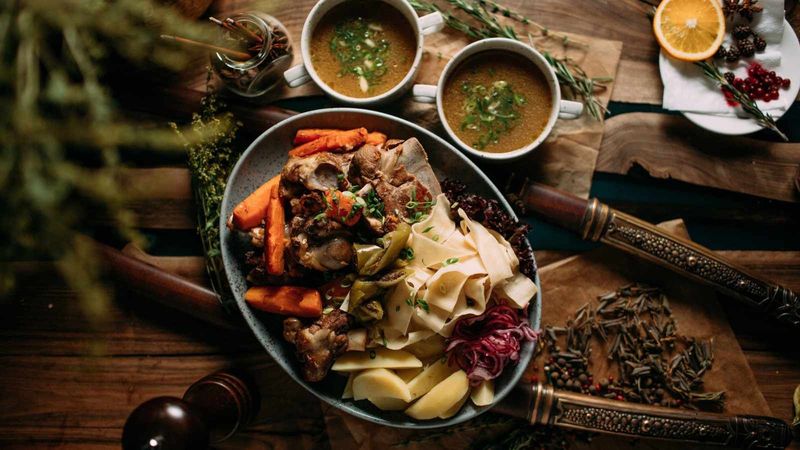
Mongolia’s “Boodog” involves cooking a whole marmot from the inside with hot stones, creating a unique challenge for travelers.
Sweden: Surströmming
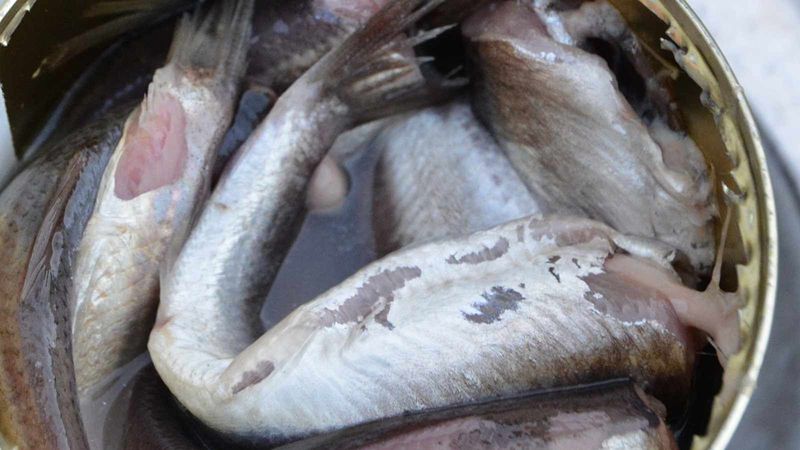
Sweden offers “Surströmming,” fermented Baltic sea herring known for its pungent odor. Despite this, many Swedes consider it a delicacy.
Kazakhstan: Kumis

Kazakhstan’s “Kumis” is a mildly alcoholic beverage made from fermenting raw mare’s milk, boasting a sour flavor and slight fizz that might be unfamiliar to many.
Malawi: Mopane Worms
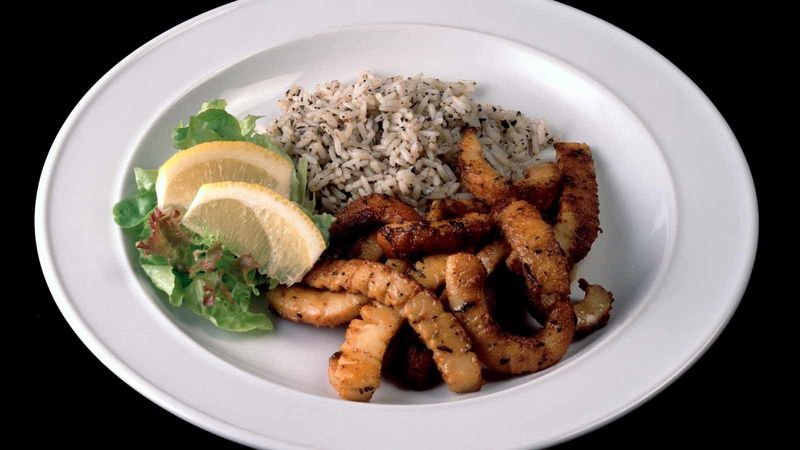
Malawi’s “Mopane Worms,” a type of caterpillar, serve as a protein source, often eaten dry or rehydrated in a tomato-based sauce, challenging Western palates.
Peru: Cuy
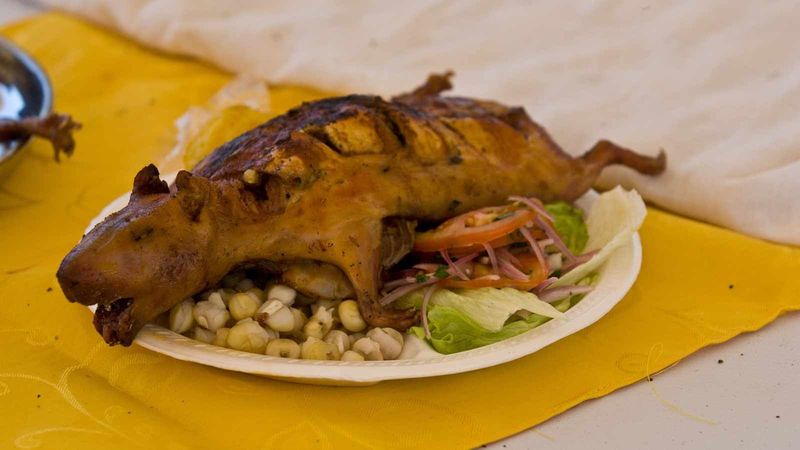
While famous for Ceviche, Peru also presents “Cuy,” or guinea pig, often roasted whole with its head on. It’s a traditional Andean dish with a flavor compared to rabbit or dark chicken.
Vietnam: Trứng Vịt Lộn (Balut)
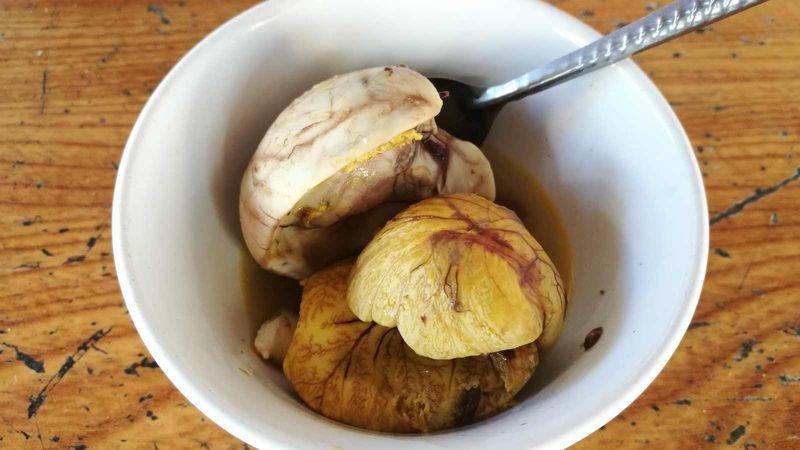
Vietnam offers “trứng vịt lộn,” a fertilized duck egg with a nearly-developed embryo inside. It’s a common street food cherished for its rich flavor and texture.
Madagascar: Panther Chameleon

Madagascar’s controversial “Panther Chameleon” dish involves grilling or frying this colorful reptile, a practice criticized for its ecological impact.
Canada: Poutine and Butter Tarts
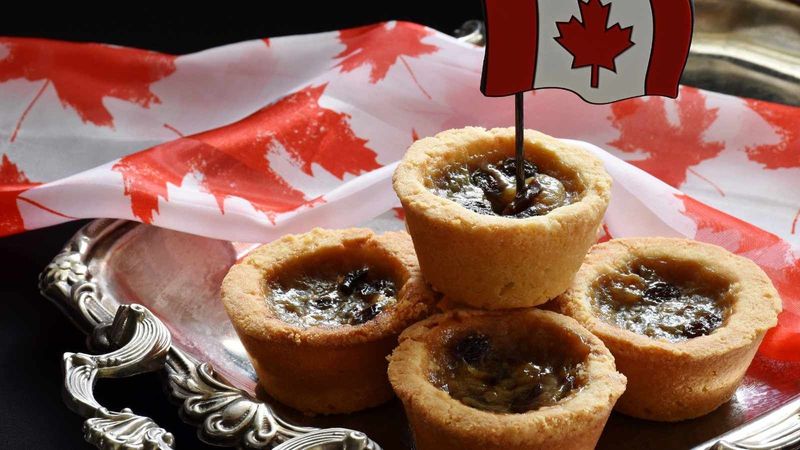
Canada’s cuisine reflects its multicultural diversity. Dishes like “Poutine” (fries with gravy and cheese curds) and “Butter Tarts” showcase a blend of British, French, and indigenous influences.
Colombia: Hormigas Culonas
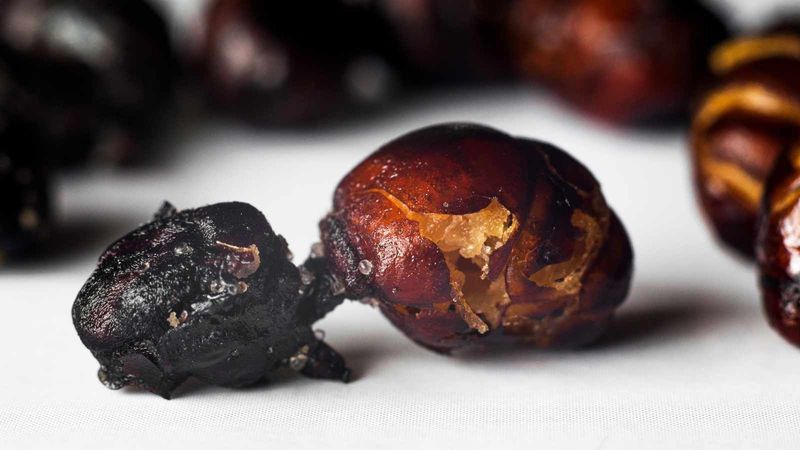
Colombian cuisine varies by region and includes hearty dishes like “hormigas culonas,” big-bottomed ants roasted with salt. This crunchy snack is both an aphrodisiac and a cherished tradition.
Poland: Kaszanka
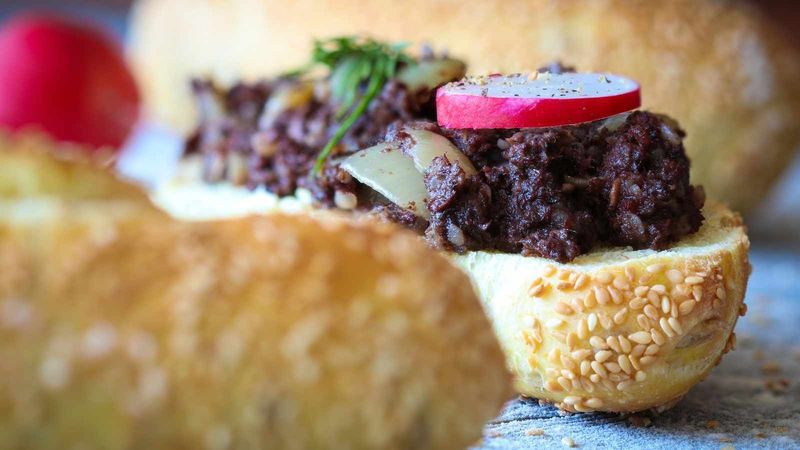
Poland offers “Kaszanka,” or Polish blood sausage, made from pig’s blood, pork offal, and buckwheat kasza stuffed in a pig intestine. While enjoyed by many, the idea of blood sausage may be challenging.
Cambodia: Prahok and A-ping
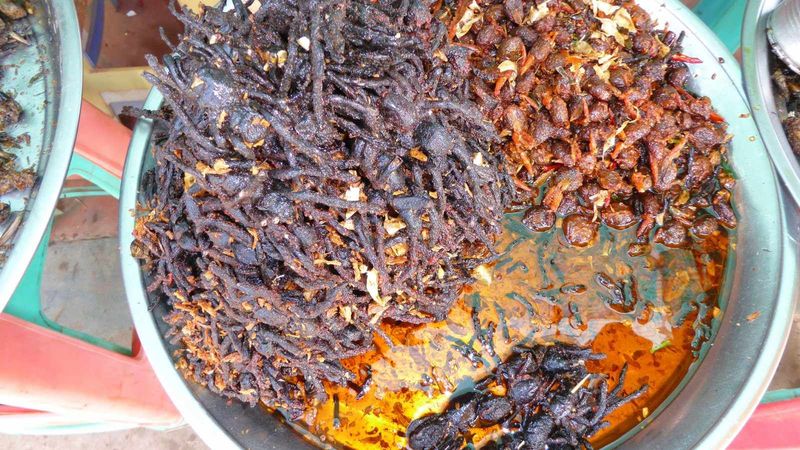
Cambodia’s cuisine features “Prahok,” a fermented fish paste with a pungent aroma, and “a-ping,” fried tarantulas. While part of local traditions, these dishes can be surprising to many visitors.
Costa Rica: Sopa de Mondongo
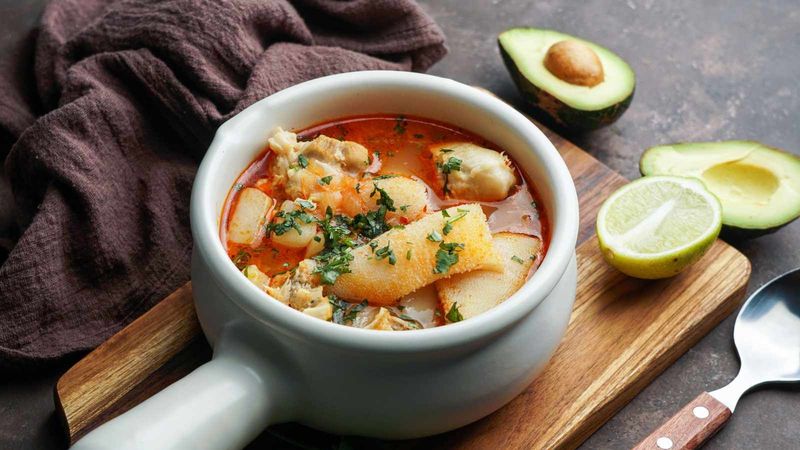
Costa Rican cuisine is typically mild, but “sopa de mondongo,” a hearty soup made from diced tripe, may challenge those unaccustomed to organ meats.
